The Great Himalayan National Park (GHNP) is a national park in India, located in Kullu region in the state of Himachal Pradesh. The park was established in 1984 and is spread over an area of 1171 km2; elevations within the Park Range between 1500 m and 6000 m. It was awarded UNESCO World Heritage Site status in 2014, in recognition of its outstanding significance for biodiversity conservation.
OFFICIAL LOGO OF GREAT HIMALAYAN NATIONAL PARK
This National Park in the western part of the Himalayan Mountains Himachal Pradesh is characterized by high alpine peaks, alpine meadows and riverine forests. This park includes the Upper Mountain glacial and snow meltwater sources of several rivers, and the catchments of water supplies that are vital to millions of downstream users. It is a habitat to numerous flora and more than 375 fauna species, including approximately 31 mammals, 181 birds, 3 reptiles, 9 amphibians, 11 annelids, 17 mollusks and 127 insects. They are protected under the strict guidelines of the Wildlife Protection Act of 1972; hence any sort of hunting is not permitted.
Great Himalayan National Park is spread across four valleys, each of which offers wide variety of endemic and exotic flora and fauna. Himalaya is known to be a home to 10% of worlds and 50% of India’s endemic plant species. Travelers can embark on various treks in the region.
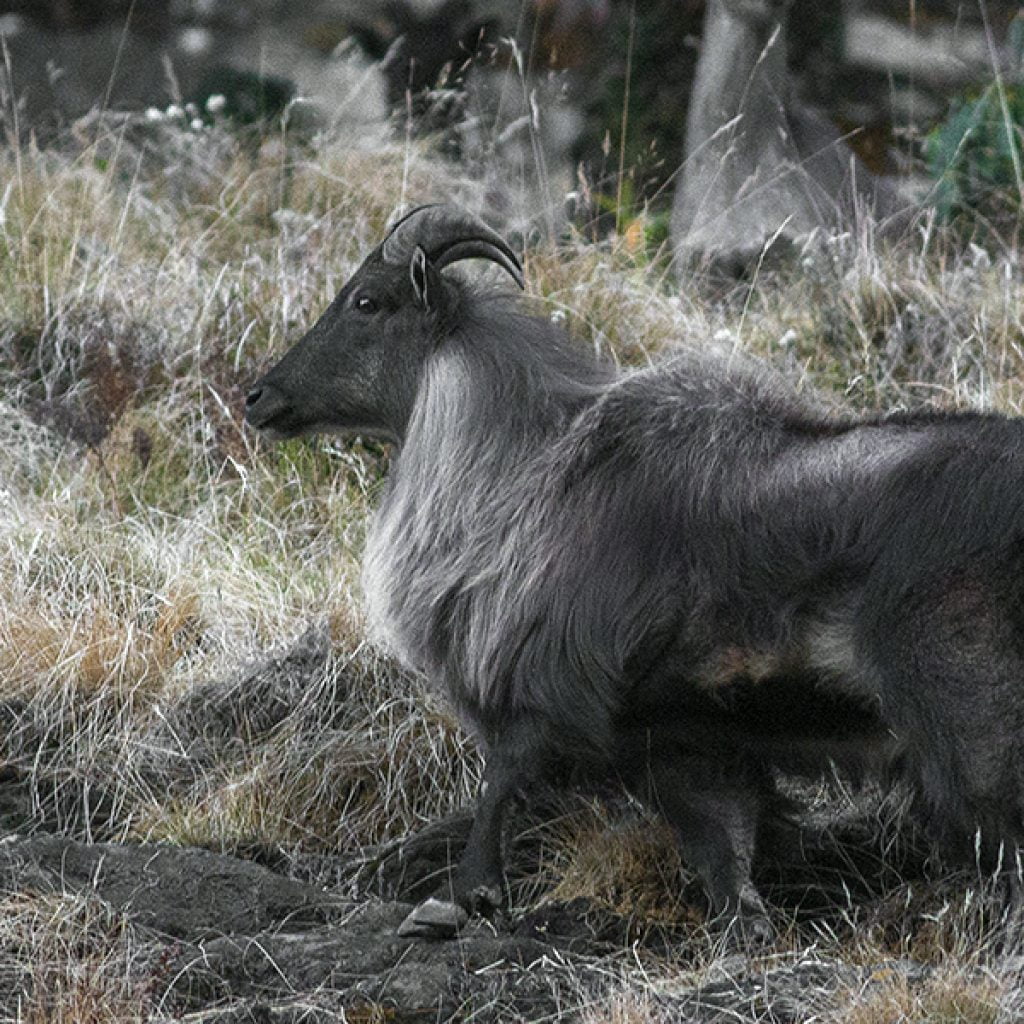
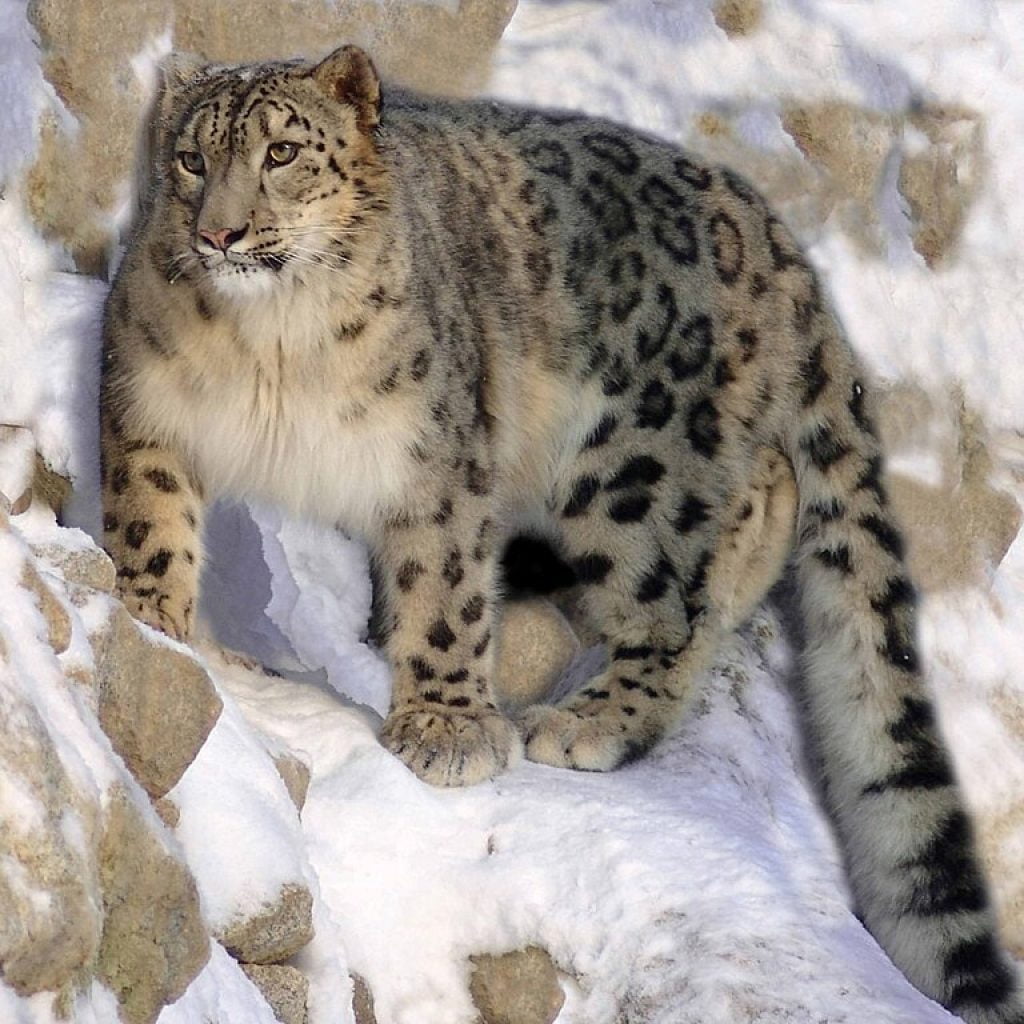
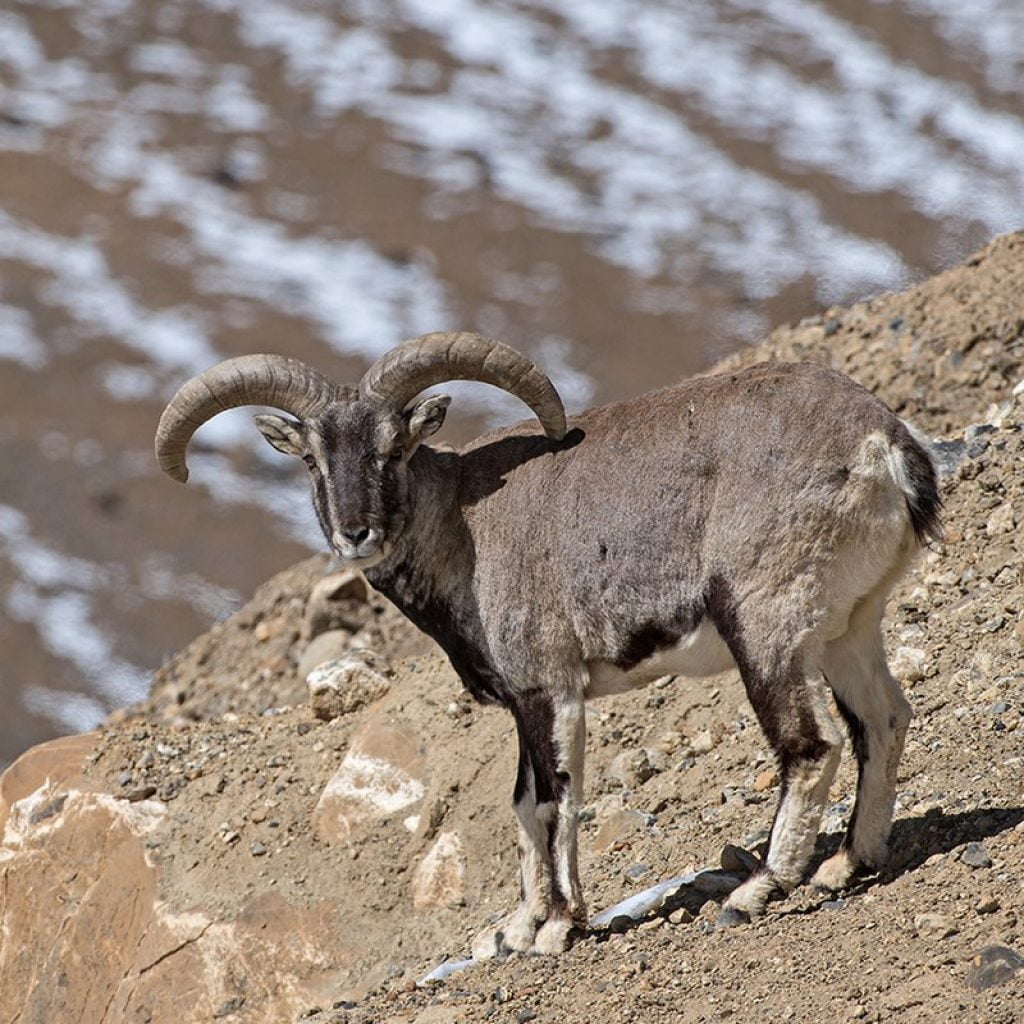

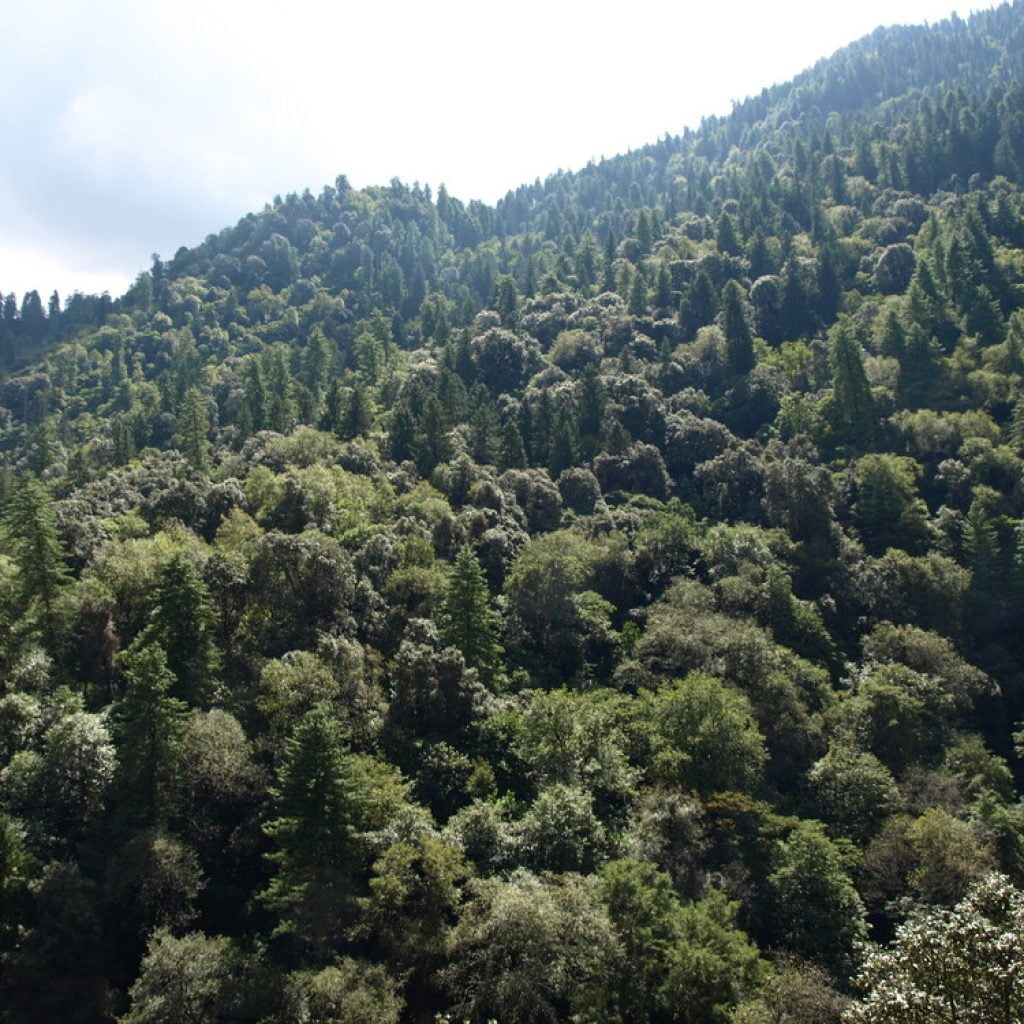
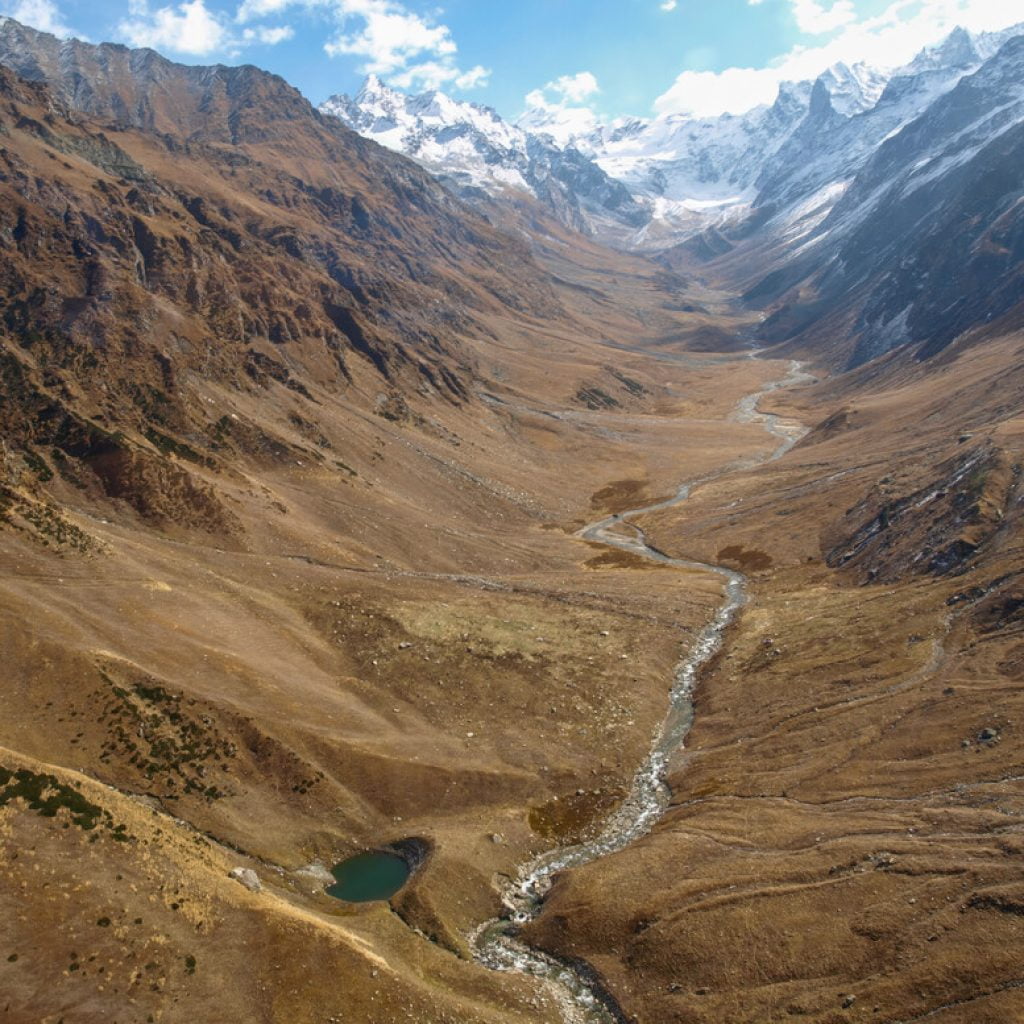
Climate
The climate of GHNP is typical of the western Himalaya’s front ranges. It has four distinct seasons: spring (April to June); rainy/summer (July to September); autumn (October to November) and winter (December to March).
Precipitation is moderate for most of the year and abundant during the monsoon, from mid-June to mid-September. In recent years, maximum annual rainfall has been 1,298 mm. During winter, some snow is common at lower elevations, whilst higher elevations can receive snowfall of over two meters.
The ambient temperature can vary from -10ºC in January to 40ºC in June
ACTIVITES
In the recent years, the GHNP has emerged as a popular trekking and ecotourism destination. The GHNP office at Sai Ropa issues permits for the treks. There are several popular trekking routes in the park, ranging from those that can be done in a day or two, to those that can take up from a week to ten days. Ecotourism and homestay tourism has also being gaining popularity in places outside but near to the park.
| TREK NAME | TREK DURATION | TREK DIFFICULTY | DISTANCE COVERED |
| Tirthan valley – Morahani trek | 5 DAYS | Moderate to strenuous | 32 Kms |
| Tirthan valley – Tirath trek | 7 DAYS | Moderate to strenuous | 76 Kms |
| Shreekhand Mahadev trek | 9 DAYS | Strenuous | 100 Kms(ROUND TRIP) |
| Sainj valley – Raktisar trek | 7 DAYS | Moderate to strenuous | 92 Kms |
| Tirthan valley – Gushaini—Rakhundi top trek | 5 DAYS | Easy to moderate | 56 Kms(ROUND TRIP) |
| Sainj valley – Neuli to Homkhani trek | 5 DAYS | Moderate to Heavy | 56 Kms |
ECO ZONES TREK
* Shangarh and Lapah-Bah-Neuli loop: Approximately 16 kms trek from Shangarh till Niharni vide a bridle path.
* Gushaini Tinder Village-1-2 days trek from Gushaini to Tinder Village for a distance of about 12 Kms.
ECO ZONE TOURS
The Eco Zone areas are adjacent to the park and provide a combination of natural and cultural experiences. The trail goes through villages and the gradient is generally easy to moderate.
Popular tourist attractions are Shangarh Meadow, Barshangarh Waterfall, Railla waterfall, Chhoi waterfall, Hippo point etc.
Trekking Routes
GHNP’s two main areas for trekking are the Eco zone and park interior. All activities in the park are conducted on foot – there is no provision for motor safaris.
All four of the park’s valleys offer moderate to difficult treks. Multi-day guided treks include strenuous climbing, requiring thorough preparation and stamina.
Proper trekking gear is also necessary, particularly to cope with unexpected drops in temperature.
How to reach?
The Great Himalayan National Park (GHNP) is located in the Kullu district of Himachal Pradesh, India, in the far western Himalaya.
The park is open for most of the year. During the winter, some areas are inaccessible due to snow. Please check the current conditions or call the park authorities before beginning your journey.
There are four different starting points for trekking within the park, depending on which valley you wish to visit.
Road Access to GHNP
From Delhi: Approximately 480km, 10 to 12 hrs journey.
From Dharamsala: Approximately 170km, 6-8 hrs journey.
From Shimla: Approximately 185km, 6-8hrs journey.
From Manali: Approximately 70km, 2- 3hrs journey.
Trains
The closest major railway station to GHNP is 296km away, in Chandigarh, from where you can take a taxi or bus to District Kullu. Alternatively, you can take a mainline train from Delhi to Pathankot, then the toy train to Joginder Nagar, near Baijnath, in District Mandi. The toy train takes around ten hours to cover 100km of beautiful countryside. From Joginder Nagar, you can take a taxi or bus to District Kullu.
Flights to Bhunter, Kullu
Air India is currently the only service provider on this route, operating direct flights every morning except Tuesdays. Return flights also operate every morning except Tuesdays.
Kullu is served by Bhuntar Airport, also known as Kullu Manali Airport. Located in the heart of a picturesque valley, it offers car rental, parking, restrooms and ticketing counters.
Entrance to the park is by permit, with additional charges for still and video cameras. Permits for the core zone can be obtained at the head office in Shamshi and the range offices in Shairopa (Tirthan Valley) and Ropa (Sainj Valley).Visitors of more than one day to GHNP are strongly advised to buy travel insurance that covers emergency medical treatment and evacuation.




Comment (0)